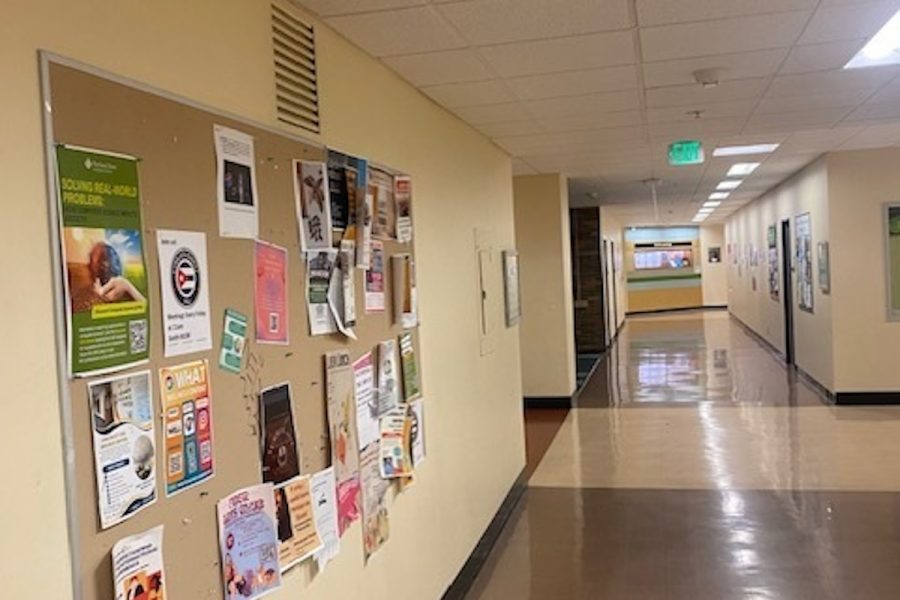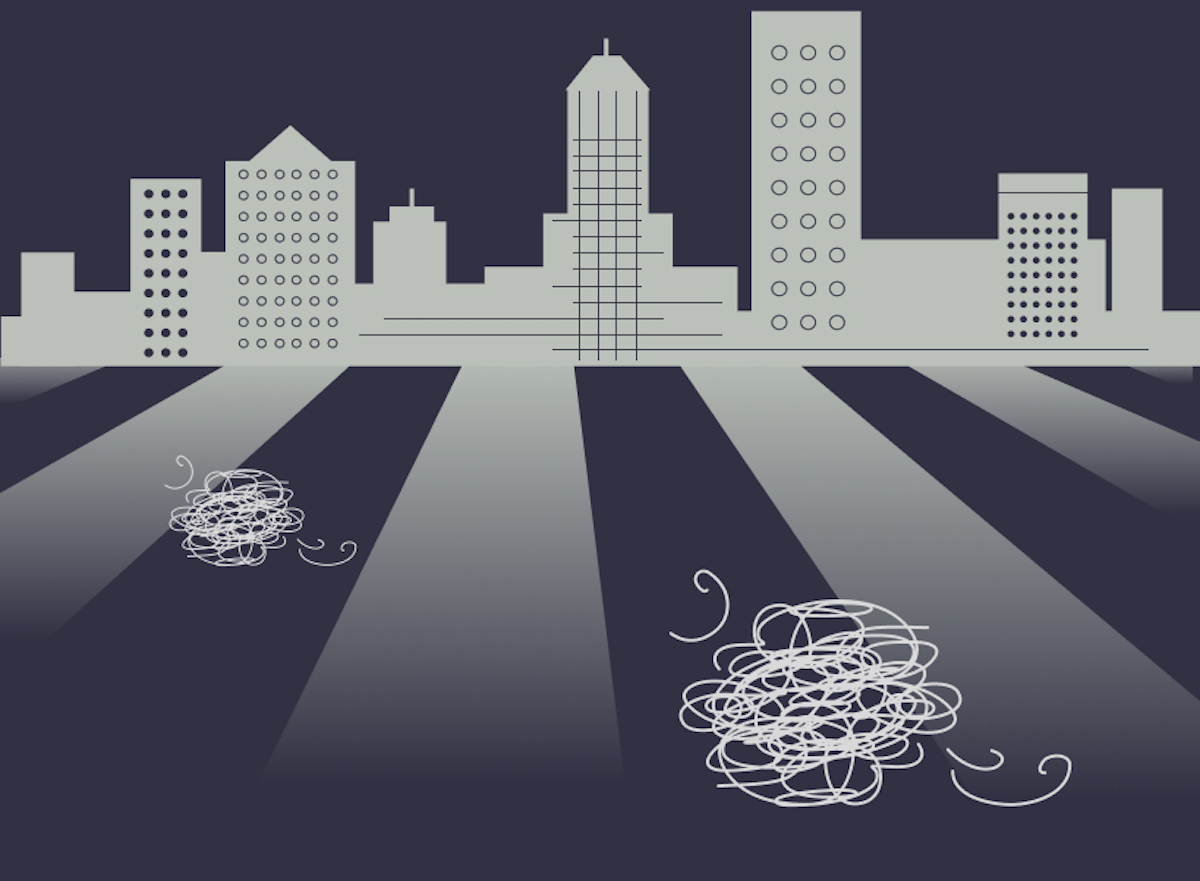Released in 1975 The Rocky Horror Picture Show immediately became a very unique piece of art with campy musical numbers, fabulous set and costume and enough queerness to kill the average 70s moviegoer. The reviews at the time certainly seemed to reflect this as the film was received quite negatively. The campy hijinks and theatrical nature did nothing to compel its original audience. It wasn’t until a few years later that theaters started showing the film as a midnight movie in a small handful of theaters that it began to gain the cult audience that it’s known for today.
This is where the Clinton Street Theater comes in. First opening up in 1915 as ‘The Clinton,’ the theater has undergone many changes throughout its long history in Portland. It changed names a few times before reverting to the ‘The Clinton Street Theater’ in 1976, just a couple of years before their first showing of Rocky Horror. The Clinton Street Theater has developed a long partnership with The Clinton Street Cabaret—which is a separate, non-profit organization that organizes the shadow cast for The Clinton Street’s weekly showings of Rocky Horror.
“We are a non-profit organization, while The Clinton Street is a for profit business,” said Jack Alister, Producer of the Rocky Horror at the Clinton Street Cabaret. “We are kind of running our own show, but the environment in our cast, which is one of the longest running shadow casts, is to really try to live up to the idea of ‘Don’t Dream It, Be It,’ that you see in Rocky Horror.”
One of the most iconic aspects of Rocky Horror is the film’s embrace of queerness. This is largely how Rocky Horror gained much of its popularity in the first place. These early weekly showings of Rocky Horror became a very visible community for queer people during a time when this kind of open self expression mostly remained on the fringes of society.
“It used to be one of the only places you could go to and be openly queer, or openly different in a lot of ways,” Alister said. “However, nowadays in Portland that seems to be less of the case. It’s not as necessary for audiences over time.”
One of the most prolific Rocky Horror traditions is the audience interaction. The communities that surround the show have built a series of callbacks and audience participation rituals that are a large part of Rocky Horror’s cultural image.
Alister goes on to describe how this new crowd of people interact with the show differently than core audiences in the past.
“The performance has become much more of a novelty than an active community,” he said. “So that’s something we would seek as an organization over time.”
Current cast member and PSU Student Reine Bieker mentions the topic of the changing audiences and its differences.
“It’s very common to have a cast in a big city like Portland, but in more conservative areas it’s much more of a rarity,” said Bieker. “There was even a break in the years where we went to Lincoln City. Even now, we received an email warning us of being verbally assaulted because it’s happened to us in the past.”
Despite the traveling shows presenting far more difficulty for the cabaret, Alister and other cast members cited the lack of queer spaces in these areas to be exactly what motivates them to do these shows in the first place.
Emile Philips—Former Member of the Shadow Cast at The Clinton Street Cabaret and current PSU Student—described jumping into something with as much queer history as Rocky Horror.
“We were all very aware of the history as Rocky nerds and The Clinton Street is a big part of its history,” Philips said. “It’s been played there for almost 40 years, they even had showings [safely] over quarantine. I feel like The Clinton Street Theater has a really special place in Rocky history and we are all aware of that.”
Despite modern accessibility to queer representation that is becoming more abundant, Rocky Horror remains relevant.
“[Rocky Horror] is raw and it aged really well,” Philips said. “Today, I’m constantly seeing queer media that isn’t as queer as I want it to be, and I feel like Rocky Horror is really in your face, Dr Frank n Furter is a queer icon.”
However, as a byproduct of being released almost 50 years ago, Philips mentioned certain aspects of the film show signs of aging poorly and how they alter their live performances to be more sensitive to a wider audience.
“It changes as time goes by, especially at the Clinton Street Theater,” Philips said. “There are things we do to try and keep it up to date. There were some call backs that we changed because they were no longer very appropriate for today’s times.”
Alister reflected a very similar sentiment about how Rocky Horror has culturally aged.
“The community around rocky horror and audience has often been very inappropriate at times, we as a group are working on changing some of the call backs to be more racially sensitive and more sensitive in general, punching up instead of punching down,” Alister said.
Bieker echoed this as well, but also displayed some level of reverence for the more messy and raw sides of queer representation that Rocky Horror has to offer.
“A lot of the time I personally feel very drawn to the messier side of queer art,” Bieker said. “Not to dismiss the effect mainstream art has had on acceptance, but I love when things are queer and messy and weird and we should be able to express that, and Rocky Horror as a community allows us to do that.”
In the nearly 50 years since its original release, no one has quite been able to emulate the cultural importance that Rocky Horror has, but its influence and impact can be felt in both Queer media and Queer culture at large. The work that shadow casts like The Clinton Street Cabaret do to update and preserve this crucial part of queer history plays a significant role.
The Clinton Street Theater does showings of Rocky Horror Picture Show every Saturday, with The Clinton Street Cabaret shadow cast joining for most screenings.








